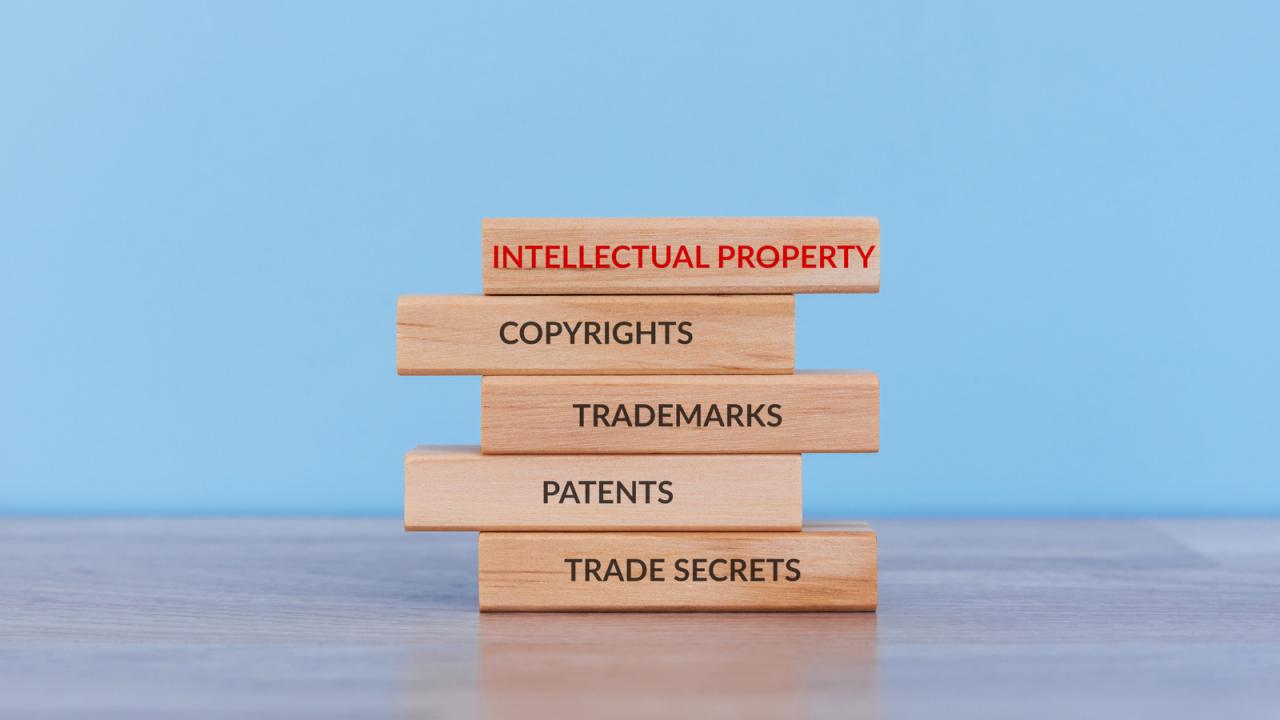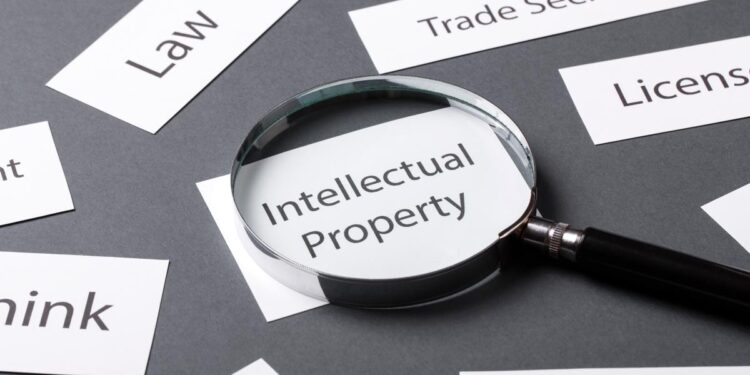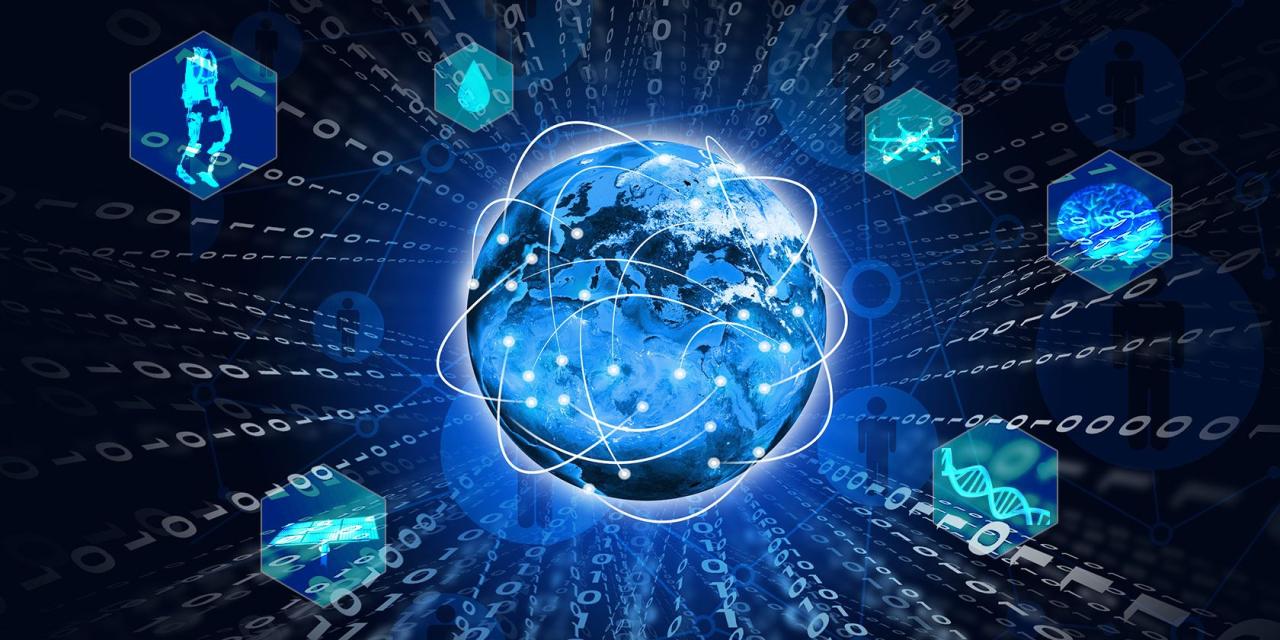In an era defined by rapid technological advancement, unprecedented connectivity, and the escalating value of intangible assets, Intellectual Property (IP) has emerged as a cornerstone of innovation, economic growth, and creative expression. Far from being a static legal domain, IP is a dynamic field constantly adapting to new inventions, artistic forms, and business models. Patents, copyrights, trademarks, and trade secrets, the traditional pillars of IP, are now being challenged and reshaped by the transformative forces of artificial intelligence, blockchain, the metaverse, and evolving global commerce. The very essence of ownership, authorship, and inventorship is undergoing a profound re-evaluation. This article delves deep into the future of Intellectual Property, exploring the critical trends that are poised to redefine its landscape, the complex challenges and opportunities presented by emerging technologies, the evolving global regulatory environment, and the imperative for innovators, creators, businesses, and policymakers to navigate this new frontier effectively.
Drivers of IP’s Evolution

The future of IP is not being shaped in a vacuum. Several powerful forces are compelling its rapid evolution and demanding adaptive legal and strategic responses.
A. Rapid Technological Advancement
The relentless pace of technological innovation is arguably the most significant driver of change in IP. Technologies like Artificial Intelligence (AI), quantum computing, biotechnology, and the Internet of Things (IoT) are creating entirely new forms of intellectual output, challenging existing definitions of inventorship, authorship, and what constitutes a “work.” For instance, AI’s ability to generate novel content (music, art, code) or even invent new chemical compounds raises fundamental questions about who holds the IP rights.
B. Globalization and Digital Commerce
The borderless nature of digital commerce means that IP assets can be created, shared, and infringed upon across jurisdictions instantaneously. This necessitates greater international harmonization of IP laws and more robust cross-border enforcement mechanisms. The traditional territorial nature of IP rights is being tested by a globalized, interconnected marketplace, making it easier for infringement to occur and harder to police.
C. The Rise of Intangible Assets
In the modern economy, intangible assets—such as brand reputation, data, algorithms, and proprietary software—often account for a much larger portion of a company’s value than tangible assets. Protecting these intangible assets, many of which fall under various IP regimes, is becoming paramount for corporate success and competitive advantage. The focus is shifting from physical property to intellectual capital.
D. Data as a New Frontier of Value
Vast datasets are fueling AI, analytics, and personalized services. While raw data itself is rarely copyrightable, the compilations, derived insights, and proprietary methods of data collection and analysis are increasingly being protected as trade secrets or under database rights. The legal status of data as an IP asset, or as the foundation for IP, is a critical area of development.
E. Changing Nature of Work and Creativity
The gig economy, open-source movements, and collaborative online platforms are redefining traditional employment models and creative processes. This blurs the lines of ownership, particularly when multiple contributors from various jurisdictions are involved, making traditional IP agreements less straightforward. The concept of “creator” is expanding beyond a single human author.
Key Areas of IP Transformation and Challenge
The future of IP will be defined by how legal systems address the profound shifts occurring across traditional IP categories and the emergence of entirely new asset classes.
A. Artificial Intelligence (AI) and IP
AI poses perhaps the most significant challenge to existing IP frameworks.
- AI as Inventor/Author: If an AI system independently generates an invention or a creative work (e.g., a patentable drug, a musical composition, a painting), can it be named as an inventor or author? Current laws in most jurisdictions require human inventorship/authorship for patents and copyrights. This forces a debate: should the IP be attributed to the AI’s programmer, the user who prompted the AI, the owner of the AI, or should the law adapt to recognize AI as a creator?
- Copyright Infringement by AI: AI models are trained on vast datasets, often containing copyrighted materials. When an AI generates new content, there’s a risk of “output infringement” if the AI’s creation is substantially similar to existing copyrighted works. There’s also the question of “input infringement” – whether the act of merely feeding copyrighted data into an AI model for training constitutes infringement. Litigation in this area is already emerging.
- Patentability of AI-Generated Inventions: Can an invention solely conceived by an AI be patented? The legal and philosophical questions around novelty, non-obviousness, and inventorship become particularly acute here.
- Trade Secrets for AI Algorithms: The algorithms and training data of proprietary AI models are often protected as trade secrets. Protecting these complex, evolving digital assets is a critical area of IP strategy.
B. Blockchain, NFTs, and Digital Ownership
Blockchain technology, particularly through Non-Fungible Tokens (NFTs), is revolutionizing digital ownership and provenance.
- NFTs and IP Rights: An NFT typically represents ownership of a unique digital token on a blockchain, but it generally does not automatically transfer the underlying copyright or other IP rights to the associated digital art, music, or content. This distinction is often misunderstood, leading to confusion and legal disputes over actual IP ownership versus token ownership. Future regulations need to clarify this.
- Digital Rights Management (DRM): Blockchain offers potential for enhanced DRM by providing immutable records of content ownership, usage rights, and automated royalty distribution via smart contracts. This could transform how artists and creators manage and monetize their IP.
- Proof of Authenticity and Provenance: Blockchain’s immutable ledger can serve as a powerful tool for proving the authenticity, origin, and transaction history of physical and digital goods, potentially combating counterfeiting and facilitating IP enforcement.
- Tokenized Real-World Assets: The tokenization of physical assets (e.g., real estate, luxury goods) on blockchain raises questions about how traditional property law intersects with digital asset ownership and its impact on IP embedded within these assets.
C. The Metaverse and Virtual Worlds
The burgeoning metaverse, with its immersive virtual environments, presents new IP challenges and opportunities.
- Virtual Trademarks and Brand Identity: Brands are entering the metaverse, and protecting their trademarks in virtual spaces, preventing unauthorized virtual storefronts, or “metaverse squatting” is a growing concern. Are existing trademark laws sufficient, or are new definitions needed for virtual goods and services?
- Copyright in User-Generated Content (UGC): Metaverse platforms often rely heavily on user-generated content (UGC). Clarifying ownership and licensing of virtual objects, avatars, and experiences created by users within these platforms is complex.
- Virtual Goods and Digital Scarcity: NFTs within the metaverse create digital scarcity for virtual items. The IP implications of designing, distributing, and trading these unique virtual goods are immense.
- Interoperability and IP: As metaverses aim for interoperability, how IP rights are transferred, licensed, and protected across different virtual platforms will be a major legal and technical challenge.
D. Biotechnology, Gene Editing, and Data
Advances in biotechnology, especially gene editing (e.g., CRISPR) and synthetic biology, raise complex IP issues.
- Patentability of Life Forms and Genetic Material: The patentability of genes, modified organisms, and biological processes remains a contentious area, with ethical considerations intertwining with legal definitions of inventorship and novelty.
- Data from Biological Research: The vast amounts of data generated from genomic sequencing, clinical trials, and biological research present new challenges for IP protection, often falling under trade secret law or specialized data rights.
E. Open Source, Collaborative Innovation, and IP
The open-source movement and collaborative innovation models challenge traditional notions of exclusive IP ownership.
- Balancing Openness and Protection: Legal frameworks need to find ways to balance the benefits of collaborative, open innovation with the need for creators and developers to protect and commercialize their intellectual contributions.
- Licensing Complexity: The proliferation of different open-source licenses and their compatibility issues present legal challenges for businesses adopting open-source components.
Evolving Global IP Frameworks and Harmonization

The borderless nature of digital IP necessitates greater international cooperation and harmonization of legal frameworks, though progress is often slow and fragmented.
A. WIPO’s Role and Initiatives
The World Intellectual Property Organization (WIPO) plays a central role in fostering international cooperation on IP. WIPO is actively engaged in discussions and initiatives related to AI and IP, exploring how existing treaties apply and what new norms might be needed. It provides a forum for member states to debate and potentially harmonize IP policies for emerging technologies.
B. Regional and National Legislative Responses
Individual nations and regional blocs (e.g., EU, ASEAN) are developing their own responses:
- EU’s Approach: The EU is actively debating how to address AI’s impact on copyright (e.g., text and data mining exceptions) and considering the unique challenges of the metaverse for IP. Its database rights also offer some protection for data compilations.
- US Copyright Office and Patent and Trademark Office (USPTO): The USCO has stated that human authorship is required for copyright, while the USPTO is examining AI inventorship, signaling a cautious approach to recognizing AI as a creator.
- China’s Rapid IP Development: China is rapidly strengthening its IP laws and enforcement, particularly in areas related to digital technologies and AI, reflecting its ambition to be an innovation leader.
C. Challenges to International Harmonization
Despite the need, achieving global IP harmonization is difficult due to:
- Different Legal Traditions: Common law vs. civil law systems have different foundational approaches to IP.
- Varying Economic Interests: Developed nations may prioritize strong IP protection for innovation, while developing nations may seek greater flexibility for technology transfer.
- Geopolitical Tensions: Geopolitical rivalries can impede consensus on international IP standards.
- Speed of Technological Change: The rapid pace of innovation makes it hard for international bodies to keep up and reach agreements.
D. The Rise of IP Enforcement Technologies
Technology itself is aiding IP enforcement. AI-powered tools are being developed to detect copyright infringement, counterfeit goods, and trademark misuse online, while blockchain can provide immutable proof of IP creation and ownership.
E. Role of Trade Agreements
International trade agreements continue to play a significant role in shaping IP standards among signatory nations, often including provisions for IP protection and enforcement.
Ethical Considerations and Societal Impact
The future of IP is not just a legal or economic matter; it’s deeply intertwined with ethical considerations and has profound societal implications.
A. Fairness and Compensation for Creators
With AI generating content and the rise of platform economies, ensuring fair compensation and attribution for human creators and innovators is a growing ethical concern. IP frameworks must protect the livelihoods of artists, writers, and inventors.
B. Access to Knowledge and Innovation
Overly broad IP protections, particularly in areas like software or biotechnology, can stifle further innovation and limit public access to essential knowledge or technologies (e.g., medicines). Striking a balance between incentivizing creation and promoting diffusion of knowledge is a continuous ethical challenge.
C. Bias in AI-Generated Content and IP
If AI models are trained on biased data, their outputs can perpetuate or amplify existing societal biases. The IP implications of such biased outputs, and responsibility for them, raise complex ethical questions that may influence how IP is granted or enforced.
D. The “Right to Be Forgotten” vs. Immutability
As discussed in previous contexts, the immutability of data on blockchain (relevant for NFTs and other tokenized IP) can clash with privacy rights like the “right to be forgotten,” creating an ethical and legal tension.
E. Ethical Use of Patented Technologies
Patenting certain technologies, particularly in areas like gene editing or surveillance, raises ethical debates about their potential misuse and the broader societal implications, leading to calls for ethical oversight or limitations on patentability.
Strategic Imperatives for Businesses and Creators
Navigating the evolving IP landscape requires a proactive and adaptive approach from businesses, creators, and legal practitioners.
A. Develop a Holistic IP Strategy
Organizations need to move beyond siloed IP management to a holistic strategy that integrates IP considerations across all aspects of their business, from R&D and product development to marketing and talent management. This includes understanding their intangible asset portfolio comprehensively.
B. Embrace “Privacy by Design” and “Ethical AI by Design”
When developing new technologies like AI, companies should embed IP, privacy, and ethical considerations into the design phase, rather than treating them as afterthoughts. This proactive approach can mitigate future legal and reputational risks.
C. Monitor Evolving Regulations Actively
The global IP landscape is constantly changing. Businesses operating internationally must actively monitor and adapt to new national and regional IP laws, particularly concerning AI, data, and digital assets.
D. Invest in IP Education and Expertise
As IP becomes more complex, organizations need to invest in training their legal teams, technologists, and business leaders to understand the nuances of emerging IP issues. Expert IP counsel will be indispensable.
E. Leverage IP-Enhancing Technologies
Companies should explore and adopt technologies like blockchain for provenance tracking, AI for infringement detection, and advanced analytics for IP portfolio management to enhance their IP strategies.
Conclusion
The future of Intellectual Property is poised for transformative change, driven by an accelerating pace of technological innovation and a deepening integration of digital assets into the global economy. From the complex questions surrounding AI inventorship and the unique challenges of NFTs in the metaverse to the imperative for global harmonization and ethical considerations, the landscape of IP is more dynamic and critical than ever before. IP is not merely a legal protection; it is a strategic asset, a driver of value, and a reflection of societal priorities.
The evolution of Intellectual Property is a testament to humanity’s endless capacity for innovation. As we step into this new frontier, how we choose to define, protect, and leverage our intellectual creations will profoundly shape not only our economies but also the very fabric of our digital and physical worlds. The future of IP is not just a legal challenge; it is a fundamental design question for the societies of tomorrow.













